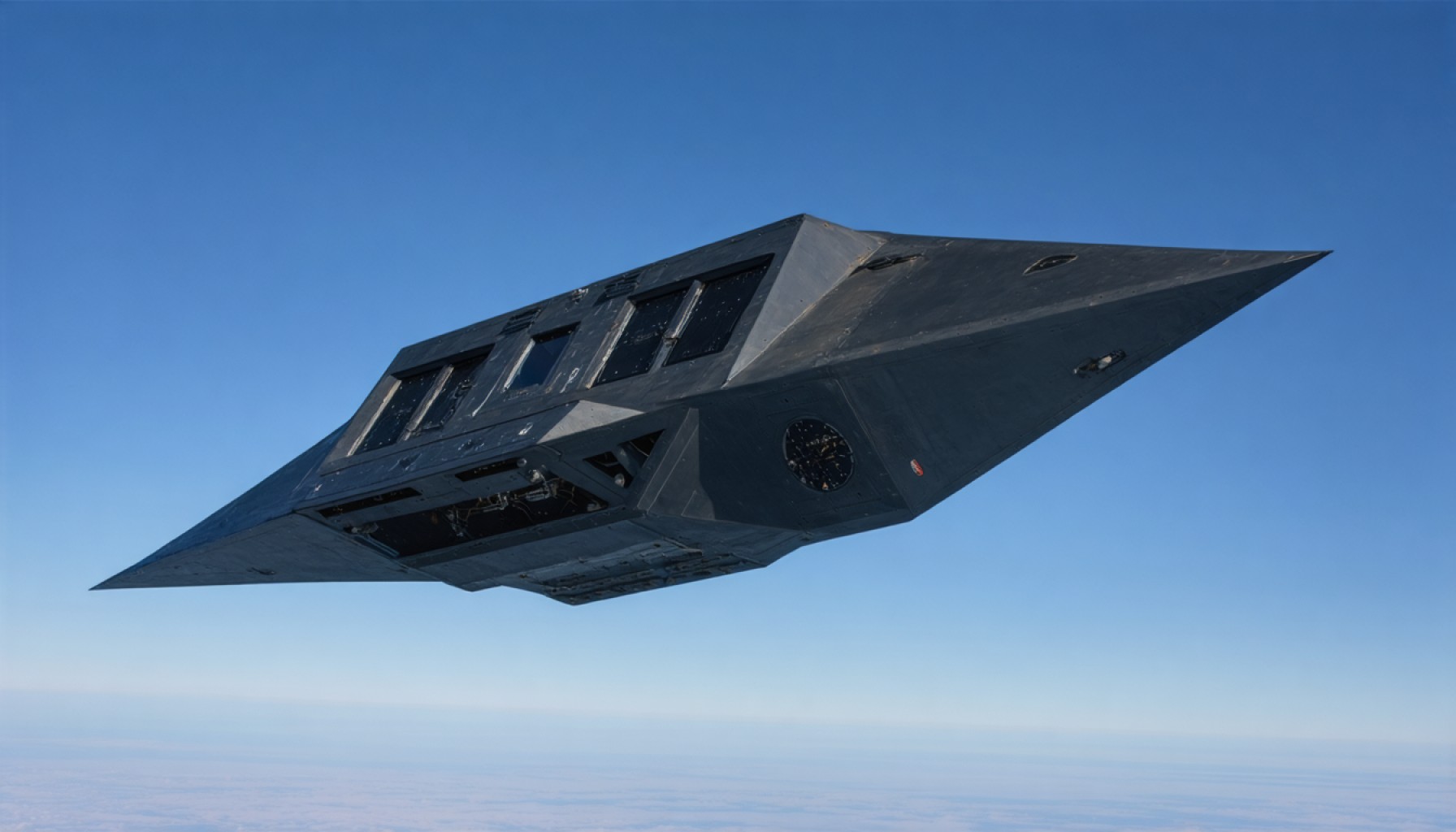- The SpaceX Falcon 9 rocket successfully launched the NROL-145 mission from California, advancing reconnaissance capabilities.
- This mission marks a shift in the National Reconnaissance Office’s (NRO) strategy towards a proliferated architecture with numerous compact satellites.
- The satellites offer increased geospatial coverage and faster revisit times, enhancing responsiveness to global events.
- SpaceX’s reusable rocket technology continues to lead in space innovation, demonstrated by Falcon 9’s twelfth successful landing on a drone ship.
- The collaboration between private and governmental sectors fuels advancements in space exploration and surveillance.
- Although the specifics of the payloads are undisclosed, they likely possess advanced capabilities akin to Starlink satellites.
- This mission signifies a new era of enhanced vigilance and redefined national security through advanced space technology.
High above the Earth’s wisps of morning fog, a SpaceX Falcon 9 rocket recently ascended from California’s Vandenberg Space Force Base, marking a pivotal launch for next-generation reconnaissance. This mission, dubbed NROL-145, marks the latest stride in the U.S. National Reconnaissance Office’s (NRO) evolving strategy. The skies witnessed a symphony of innovation as a fleet of agile, cost-effective satellites zipped into orbit, weaving a tightly-knit net of observation more advanced than ever before.
The NRO has envisioned a robust, proliferated architecture — a celestial tapestry where numerous compact satellites replace the traditional few, highly sophisticated models. These new recruits are designed not for singular might, but for collective strength. As the Falcon 9’s first stage touched down gracefully on a drone ship in the Pacific, making its twelfth successful retrieval, one could only marvel at the orchestrated ballet of engineering excellence.
SpaceX’s consistent leaps in reusable rocket technology bolster their position as leaders in space innovation. This mission emphasizes not just a leap forward in surveillance capabilities but a testament to the fusion of private and governmental collaboration in space exploration. These lightweight, swift satellites, though diminutive, pack a punch; enabling quicker revisit times, broader geospatial coverage, and more immediate information relay, thereby enhancing responsiveness to global events.
While the NRO maintains an aura of mystery around its payloads, whispers suggest these satellites are lean yet potent, akin to their Starlink counterparts with a clandestine twist. As public curiosity swirls around their precise capabilities, one thing is clear: the realm of space exploration is abuzz with potential, fueled by collaboration and cutting-edge technology.
In this dance of shadows and satellites, the overarching lesson shines brightly — leveraging technological progress to weave a finer net of observation not only broadens our understanding of the world but also redefines the parameters of national security in the modern age. As these legions of orbital sentinels settle into their celestial orbits, they promise an era of heightened vigilance, reinforcing that, indeed, the sky is not the limit.
A New Era in Reconnaissance: What’s Next for SpaceX and the NRO?
A Closer Look at the NROL-145 Mission and its Implications
The recent NROL-145 mission marks a significant milestone in the collaboration between SpaceX and the U.S. National Reconnaissance Office (NRO). This launch is a testament to the shifting landscape of space-based reconnaissance, emphasizing agility, cost-effectiveness, and rapid deployment.
The Rise of Proliferated Architectures
The NRO’s approach of deploying numerous smaller satellites, often referred to as a proliferated architecture, signifies a strategic pivot from relying on a few large, complex satellites. This transition offers numerous advantages:
– Redundancy and Resilience: With many satellites in orbit, the system becomes more resistant to failures or attacks. If one satellite goes offline, others can quickly compensate.
– Flexibility and Responsiveness: This configuration enhances the ability to monitor areas more frequently and adjust to changing conditions on the ground.
– Cost-efficiency: Smaller satellites are generally less expensive to produce and launch, allowing for more launches within the same budget constraints.
How-To Steps: Preparing for a Space Launch
If you’re interested in how such a mission is organized, here’s a simplified view of the process:
1. Mission Planning: Identify the objectives and requirements for the satellite deployment.
2. Satellite Development: Design and construct satellites tailored to specific mission goals.
3. Launch Vehicle Coordination: Collaborate with a launch provider like SpaceX for scheduling and logistics.
4. Pre-Launch Testing: Conduct rigorous testing to ensure all systems work perfectly.
5. Launch and Deployment: Execute the launch and ensure successful satellite deployment into desired orbits.
6. Post-Launch Monitoring: Track satellite performance and ensure they are functioning as intended.
Market Forecast and Industry Trends
The trend towards smaller, more agile satellites has significant implications:
– Commercial Opportunities: Many industries beyond defense, such as agriculture, logistics, and environmental monitoring, are exploring small satellite technology for diverse applications.
– Innovation in Satellite Technologies: Companies are investing in more advanced technologies to further reduce size and increase capabilities.
Reviews and Comparisons
SpaceX remains a leader in this field due to several factors:
– Reusable Rockets: Proven cost-efficiency and reliability with the Falcon 9’s reusable design.
– Fast-Track Innovations: Constant advancements in satellite technology and launch capabilities.
Pros and Cons Overview
Pros:
– Improved surveillance capabilities.
– Reduced costs and increased access to space.
– Enhanced national security and global monitoring.
Cons:
– Potential for increased space debris.
– Challenges with international regulations and standardization.
Key Takeaways and Actionable Recommendations
– Stay Informed: Following the advancements in space technologies can provide insights into future trends, especially if you’re in a tech-driven industry.
– Consider Security Implications: Organizations need to be aware of how space-based data could impact their operations, both positively and negatively.
– Embrace Collaboration: Across industries and countries, collaborative efforts yield greater advancements and shared benefits.
For further insights into technological innovations and industry trends, check out SpaceX.
The recent endeavors by SpaceX and the NRO demonstrate that the future of space is increasingly collaborative and driven by rapid technological advancements. As stakeholders in this expanding domain, the emphasis should remain on innovation, sustainability, and international cooperation.
